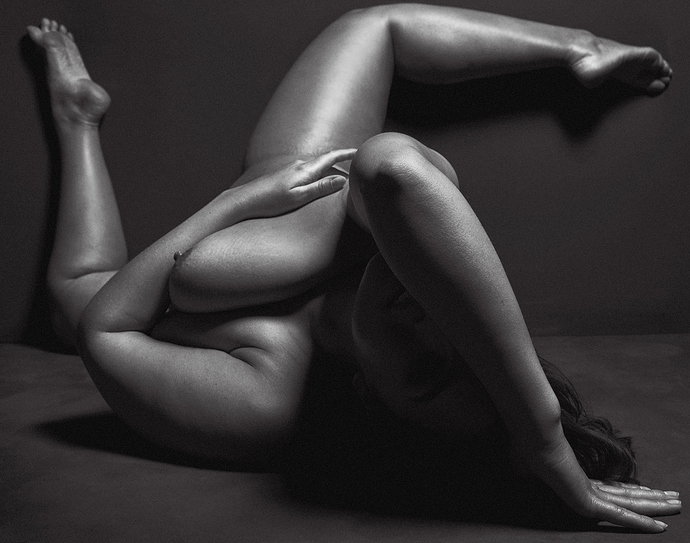Naked/nude/etc photography
It seems a fair number of people on the pixls.us forum have an interest in nude/etc photography. I’m sort of hoping the following links might inspire a discussion of the whats/whys/consequences/etc of how we as photographers choose to present images of naked/nude/etc women and men.
The first two links show radically different approaches to photographing women. On the one hand, Stieglitz was deeply in love with O’Keeffe and fascinated by every aspect of her being. On the other hand, American Apparel assumes that men wear pants and women - don’t:
Stieglitz’s photographs of O’Keeffe (google image search plus a more or less randomly chosen article):
Google image search: stieglitz o'keeffe photographs - Google Suche
American Apparel Unisex clothing catalog:
Another article on American Apparel unisex ads:
The following links are to parodies of photographs of women in stereotypical “sexy/alluring/etc” poses, wearing similarly stereotypical clothing and facial expressions:
Dad recreates his daughter’s sexy selfies:
Men Dress And Pose As Ducati Motorcycle Models:
When Guys Try To Parody Women Photos:
Men Photographed in Stereotypical Pin-Up Poses:
In the next three articles everyone is fully clothed. The first two links feature photographs of women who have chosen to break gender roles/stereotypes to fulfill roles more usually associated with men as breadwinners and leaders. These photographs don’t have even the slightest resemblance to stereotypical “nude photography”. The third is an awesomely well done illustration of changing conceptions of “perfect” female bodies - it’s amazing and scary how fast and how often current conceptions of “perfect” female bodies keep changing:
Women’s Work: Dramatic Portraits of Women Who Do ‘Men’s’ Jobs:
Portraits of Albanian Women Who Have Lived Their Lives As Men:
Woman Shows How She Would Look Like If She Had The ‘Perfect’ Body Throughout History (don’t forget to notice the changing artwork behind the woman):
The next links are to photographs of naked/mostly naked people taken by a diverse group of women photographers:
Eating spaghetti:
Covered in spaghetti:
Judy Dater’s “Imogen Cunningham and Twinka”:
https://collections.lacma.org/node/196848
Nudes by Imogen Cunningham:
https://www.imogencunningham.com/nudes/
Imogen Cunningham found beauty in reality (this link is just to put Cunningham’s nude photographs into historical context - I was struck by the similarity between Cunningham’s flowers and O’Keeffe’s flowers)
Kate Bellm’s commercial shots of naked women:
Abigail Ekue’s naked men:
So what do you all think about these diverse ways photographers have chosen to portray naked/nude/etc people?




